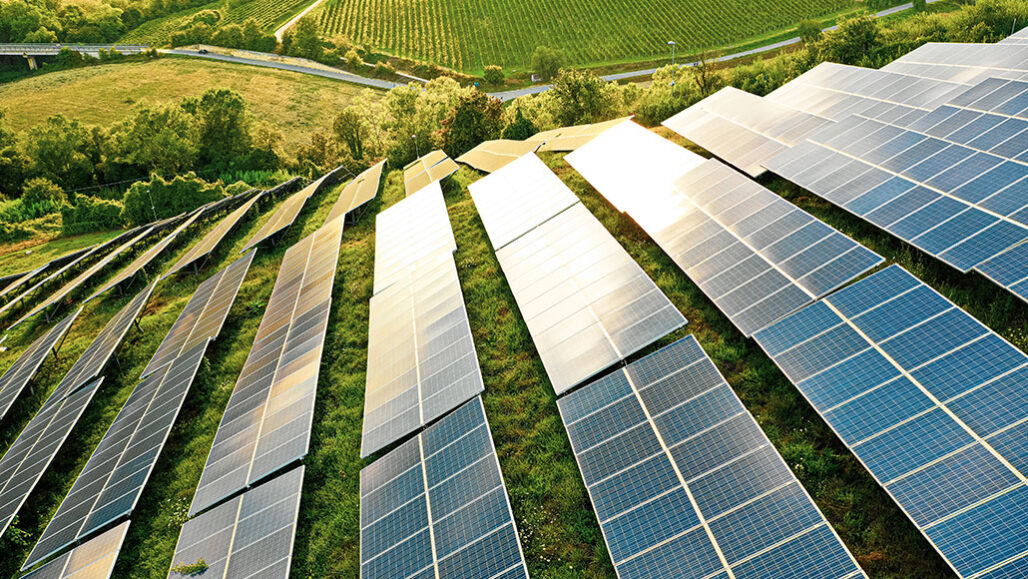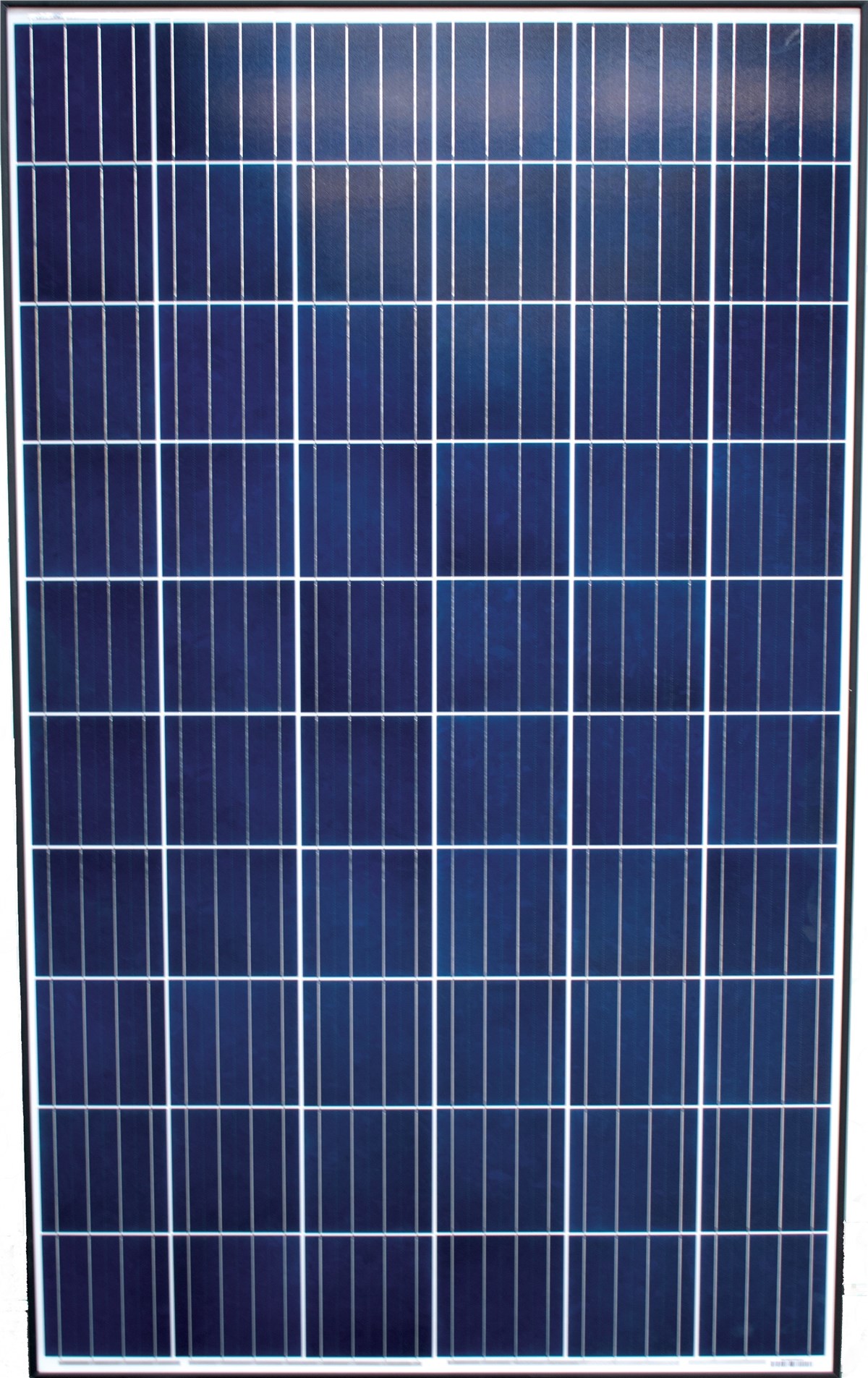Facts About Solar Panels for Sale - Buy Solar Panels Direct & Save Revealed

The Of 27 Fantastic Facts About Solar Energy and Solar Panels
Solar inverters transform the DC power to Air Conditioner power by carrying out the procedure of maximum power point tracking (MPPT): solar inverter samples the output Power (I-V curve) from the solar battery and applies the correct resistance (load) to solar cells to acquire maximum power. MPP (Maximum power point) of the photovoltaic panel consists of MPP voltage (V mpp) and MPP current (I mpp): it is a capacity of the photovoltaic panel and the higher value can make higher MPP.
This is understood as the "Christmas light result". Micro-inverters work independently to allow each panel to contribute its maximum possible output for an offered amount of sunlight. This Is Noteworthy -share of PV innovations because 1990 Most solar modules are currently produced from crystalline silicon (c-Si) solar batteries made of multicrystalline and monocrystalline silicon.
Solar panels in Sahara could boost renewable energy but - Questions

They produce a reasonably high-efficiency conversion for the low expense compared to other solar technologies. Also, high-cost, high-efficiency, and close-packed rectangle-shaped multi-junction (MJ) cells are ideally utilized in solar panels on spacecraft, as they use the highest ratio of generated power per kg lifted into space. MJ-cells are compound semiconductors and made from gallium arsenide (GaAs) and other semiconductor materials.
In stiff thin-film modules, the cell and the module are made in the very same production line. The cell is created on a glass substrate or superstrate, and the electrical connections are created in situ, a so-called "monolithic combination". The substrate or superstrate is laminated with an encapsulant to a front or back sheet, usually another sheet of glass.

The Age of Solar Energy Abundance Is Coming in Hot
The Main Principles Of Solar Panels - Home Solar Panels - Sunrun
Amorphous silicon has a sunlight conversion rate of 612% Versatile thin film cells and modules are created on the very same production line by transferring the photoactive layer and other required layers on a versatile substrate. If the substrate is an insulator (e. g. polyester or polyimide movie) then monolithic combination can be utilized.

How Solar Power Can Cut Your Bills And Your Carbon Footprint – Forbes Advisor UK
The cells are put together into modules by laminating them to a transparent colourless fluoropolymer on the front side (generally ETFE or FEP) and a polymer appropriate for bonding to the final substrate on the other side. Numerous business have begun embedding electronics into PV modules. This allows performing MPPT for each module separately, and the measurement of performance information for tracking and fault detection at module level.
